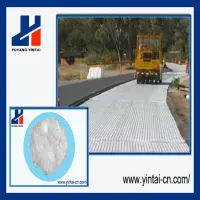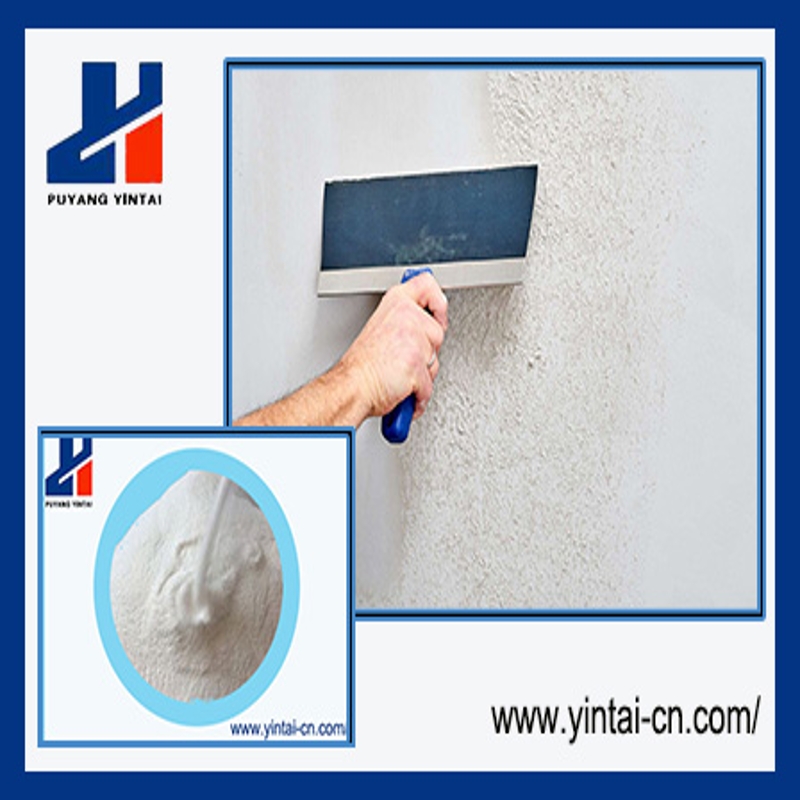-
Categories
-
Pharmaceutical Intermediates
-
Active Pharmaceutical Ingredients
-
Food Additives
- Industrial Coatings
- Agrochemicals
- Dyes and Pigments
- Surfactant
- Flavors and Fragrances
- Chemical Reagents
- Catalyst and Auxiliary
- Natural Products
- Inorganic Chemistry
-
Organic Chemistry
-
Biochemical Engineering
- Analytical Chemistry
- Cosmetic Ingredient
-
Pharmaceutical Intermediates
Promotion
ECHEMI Mall
Wholesale
Weekly Price
Exhibition
News
-
Trade Service
3.
2.
1.
2 Polyethylene oxide (PEO)
[Molecular formula]
[Physical and chemical properties] Polyethylene oxide, also known as polyethylene oxide, is a high molecular weight polymer formed by heterogeneous catalyzed ring-opening polymerization of ethylene oxide
.
High molecular weight substances with different degrees of polymerization are polymerized by ethylene oxide, which have obvious crystal structure.
The performance of the polymer mainly depends on the average molecular weight.
When the relative molecular weight is between 200 and 600, it is a thick liquid; When the relative molecular weight is above 1000, it is waxy solid; when the relative molecular weight is above 1 million, it is agglomerated or hard solid.
The color varies with molecular weight, catalyst and solvent
[Preparation method] The preparation methods of polyethylene oxide include oxyalkylation and heterogeneous catalytic polymerization.
The polymer produced by oxyalkylation is a viscous liquid or waxy solid, and the maximum relative molecular weight is about 2 ×10 4 ; Heterogeneous catalytic polymerization can produce polyethylene oxide with a relative molecular mass higher than 1×10 5
.
In the process of preparing PEO by heterogeneous catalytic polymerization, the heterogeneous catalytic systems used include aluminum alkoxide-acetyl ketene system, aluminum alkyl-water-acetylacetone system and rare earth compound-triisobutyl aluminum-water catalyst system and so on
.
(1) Aluminum alkoxide-acetyl ketene system
The aluminum alkoxide used in this method can be an alkoxy compound containing methoxy, ethoxy, propoxy, etc.
, and its inactive substances are benzene, toluene, cycloalkanes, etc.
, so that the aluminum alkoxide and water After reacting in the active medium to form part of the hydrolysate, it is then heated to react with acetyl ketene in an inactive medium to produce the product as a catalyst for the polymerization reaction.
The molar ratio of aluminum alkoxide, water and acetyl ketene is 1: 1:1, the polymerization temperature is 100°C, and the reaction is best carried out under reduced pressure
.
(2) Alkyl aluminum-water-acetylacetone system
The aluminum alkyl catalyst used can be triethylaluminum, trimethylaluminum, triisobutylaluminum , etc.
The molar ratio of acetylacetone and triethylaluminum in the catalyst is 0.
8:1, and the molar ratio of water to triethylaluminum It is 0.
3:1, the catalyst is aged for 2h at 65℃, the polymerization temperature of ethylene oxide is 20℃, the catalyst concentration in terms of triethylaluminum is 2mol/L, and the molar ratio of diluent to ethylene oxide is 3: 1, the polymerization conversion rate of about 20 hours of polymerization is 96.
0%
.
(3) Rare earth compound-triisobutyl aluminum-water catalytic system
Rare earth compounds can be used for the catalytic polymerization of ethylene oxide.
The preparation method of this catalyst is by mixing Ziegler catalyst with rare earth compounds, adding quantitative toluene, and then injecting aluminum alkyl, aging for 0.
5h at room temperature, and water after cooling.
It is fully reacted, and the catalyst concentration is 0.
28mol/L in terms of rare earth compound
.
The molar ratio of water to aluminum alkyl is 0.
6:1, and the amount of catalyst is 3.
[Application] Polyethylene oxide can be used as a dispersant for long fibers
.
Polyoxyethylene resin is often used as a dispersant for long fibers when making toilet paper, napkins, and handkerchiefs .
Some paper mills in our country have discovered the use of polyethylene oxide, which can shorten the beating time
Lin Yuechun and others compared the retention effects of three retention aids: polyethylene oxide (PEO), anionic polyacrylamide (APAM) and cationic polyacrylamide (CPAM).
Yevmenova and Baichenko used polyoxyethylene, anionic polyacrylamide (M525 and M365) and cationic polyacrylamide M1440 produced by United Colloid Company with a relative molecular mass of 5.
Related link: Polyacrylamide (PAM) application







